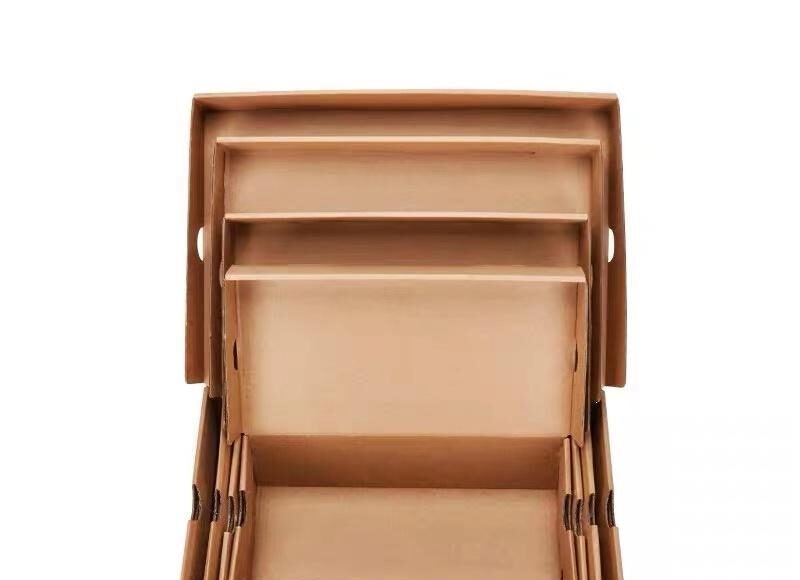Technology development in the printing industry has advanced with human civilization. As a result, printing technology has overgrown, from woodcut printing to contemporary 3D printing techniques. Most significantly, they become an essential component of our daily life. It is a crucial component of publishing and transaction printing and is frequently carried out as a large-scale industrial operation. You can find everything related to custom-printed boxes at thePackagingPro.
Printing technology
Print communication is one of the solid and enduring forms of journalism that is expanding fast. Print media is one of the most dynamic industries in the country. Today’s kids might be observed choosing a profession in this field since it offers bright prospects for moving up very rapidly. However, careers in printing technology also need a lot of effort and perseverance. For qualified printing specialists, the chances are many in this field. Custom packaging services are what https://thepackagingpro.com focuses on providing.
Types of printing technology
Direct vs. indirect printing
The image transfer method and the type of image carrier often used set apart the five main printing processes. Depending on the process, the printed image is either directly or indirectly transferred to the substrate. Direct printing is a term used to describe processes, including gravure, flexography, screen printing, and letterpress printing.
Direct image transfer occurs between the image carrier and substrate. The Custom printed boxes are transmitted from the image carrier to the blanket cylinder and then to the substrate in indirect or offset printing. The predominant printing technology is lithography, which uses an indirect (offset) method.
Digital Printing
Modern printing methods like inkjet and laser printing are called digital printing. PDF files are used in digital printing to send images directly to the printer. If you’re not printing in huge volumes, doing without a printing plate is necessary for other printing processes like lithography can save time and money.
Due to digital printing’s quick turnaround, businesses may print as needed. It is perfect for small-run work because requests for as little as one print are possible. Digital printing may be a more affordable choice that yields images of comparable quality to the other, larger-scale solutions if you use it for the correct task.
Screen Printing
A fine mesh or material is used in the printing technique known as “screen printing” to transfer an image from one medium to another. Stretching the mesh creates a screen ink applied to print the image correctly. Images may also be printed on paper and metal using screen printing, widely used to decorate garments and other fabrics.
Because it involves several setups, custom packaging boxes are best used for recurrent products that must be produced in large quantities. It is not very cost-effective for orders with fewer than five products. But it’s a cost-effective printing technique if you need many of the same images.
Conclusion
Several printing technology types and techniques can be applied. Some are more suited for particular activities, while others are more adaptable and may meet various needs. We’ve gathered suggestions, guidance, and thorough comparisons to assist you in selecting the printing technique that works best for you. This handy guide also helps you in keeping your goods in your clients’ hands the longest.
























